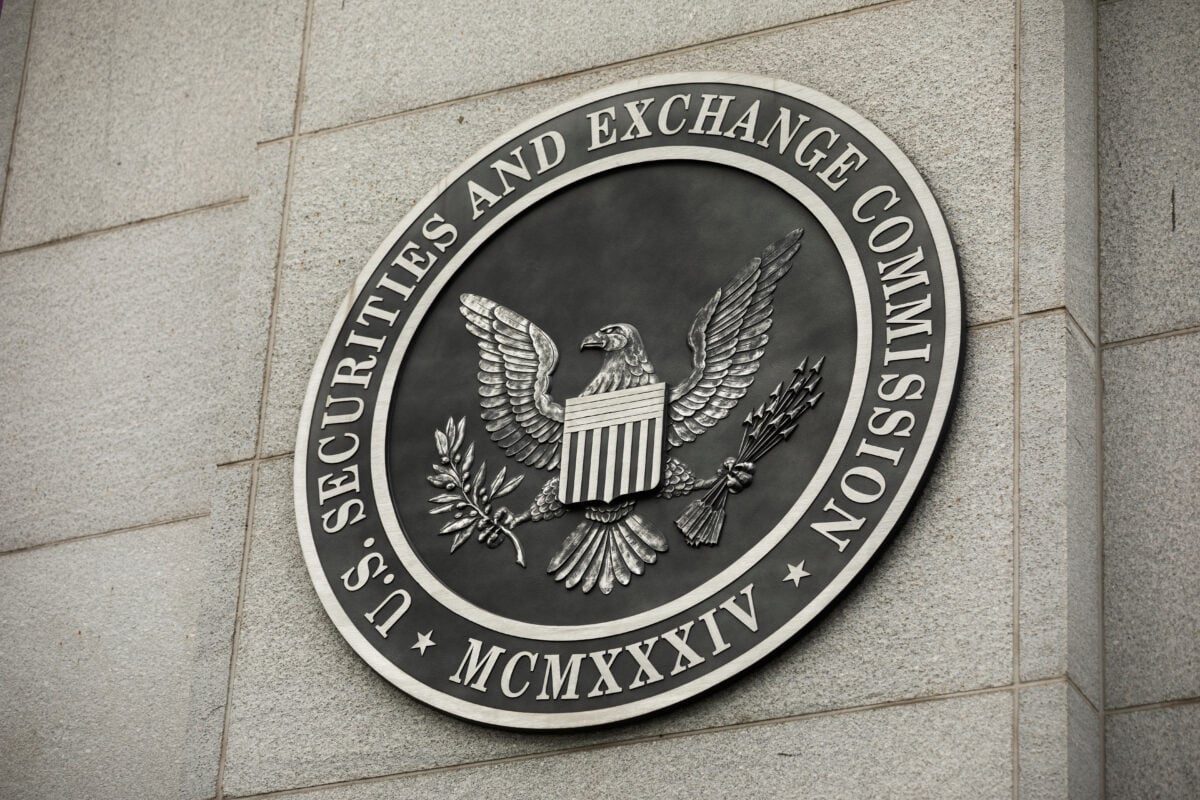TLDRs;
Contents
- Valerie Szczepanik named SEC’s first Chief AI Officer to lead newly formed agency-wide task force.
- AI task force to centralize projects, promote responsible innovation, and enhance regulatory efficiency.
- New role builds on years of SEC’s fintech and tech oversight experience under previous leadership.
- Regulatory push comes amid global efforts to integrate AI across public sector operations and governance.
The U.S. Securities and Exchange Commission (SEC) has formally launched an AI task force as part of a sweeping push to integrate artificial intelligence into its regulatory operations.
The agency also appointed its first Chief AI Officer, Valerie Szczepanik on Friday, a seasoned innovation leader within the SEC, to spearhead the effort.
This move represents a significant evolution in the SEC’s broader digital transformation strategy, rather than a sudden leap into artificial intelligence. The newly established task force will oversee and consolidate AI initiatives across departments, enhance collaboration, and ensure responsible, secure, and effective AI deployment.
Szczepanik previously directed the SEC’s Strategic Hub for Innovation and Financial Technology (FinHub), launched in 2018 to engage with fintech companies and improve the agency’s understanding of emerging technologies. Her leadership in the AI effort brings continuity and institutional knowledge to the forefront.
Today we announced the launch of the SEC’s AI Task Force that will spearhead the agency’s efforts to enhance innovation and efficiency in its operations through the responsible use of AI.https://t.co/qZxYUkc8YN
— U.S. Securities and Exchange Commission (@SECGov) August 1, 2025
From FinHub to AI
According to official statements, the AI task force is expected to drive cross-agency innovation, boost regulatory efficiency, and maintain strong governance standards. The appointment of Szczepanik, who has served in various technology-focused roles, emphasizes that the SEC is building on existing infrastructure rather than reinventing the wheel.
“The task force’s mission is not only to explore what AI can do, but to ensure it’s done right,” said a senior SEC official familiar with the initiative.
This perspective is crucial as regulators worldwide struggle to keep pace with AI’s rapid adoption across financial and governmental systems. While many agencies, including the SEC, have not issued AI-specific rules, the emphasis remains on adapting existing frameworks while developing new ones.
AI Integration Reflects Growing Regulatory Pressure
The SEC’s cautious approach reflects lessons learned from past technological vulnerabilities. Notably, a 2016 cyberattack on its EDGAR system exposed weaknesses in digital infrastructure, reinforcing the need for secure tech implementation.
Global regulatory bodies, such as the Bank for International Settlements, have echoed similar concerns. They warn that while AI offers clear operational gains, it also introduces risks, like third-party dependencies and new cybersecurity threats, that may not be fully addressed by current financial regulations.
By framing its AI strategy around responsibility and governance, the SEC is positioning itself as a proactive, rather than reactive, regulator.
Crypto, AI, and the SEC’s Evolving Leadership
The AI task force announcement follows a string of key leadership changes at the SEC, particularly in the crypto and digital asset space. In June, Chairman Paul Atkins, who took office in April, appointed several crypto-focused experts to head divisions overseeing trading and investment management.
With Jamie Selway and Brian T. Daly taking on influential roles, the SEC appears to be aligning its regulatory priorities to address both AI and blockchain developments concurrently.
These appointments and the launch of the AI task force signal a deeper, integrated approach to tech regulation under the new leadership.


